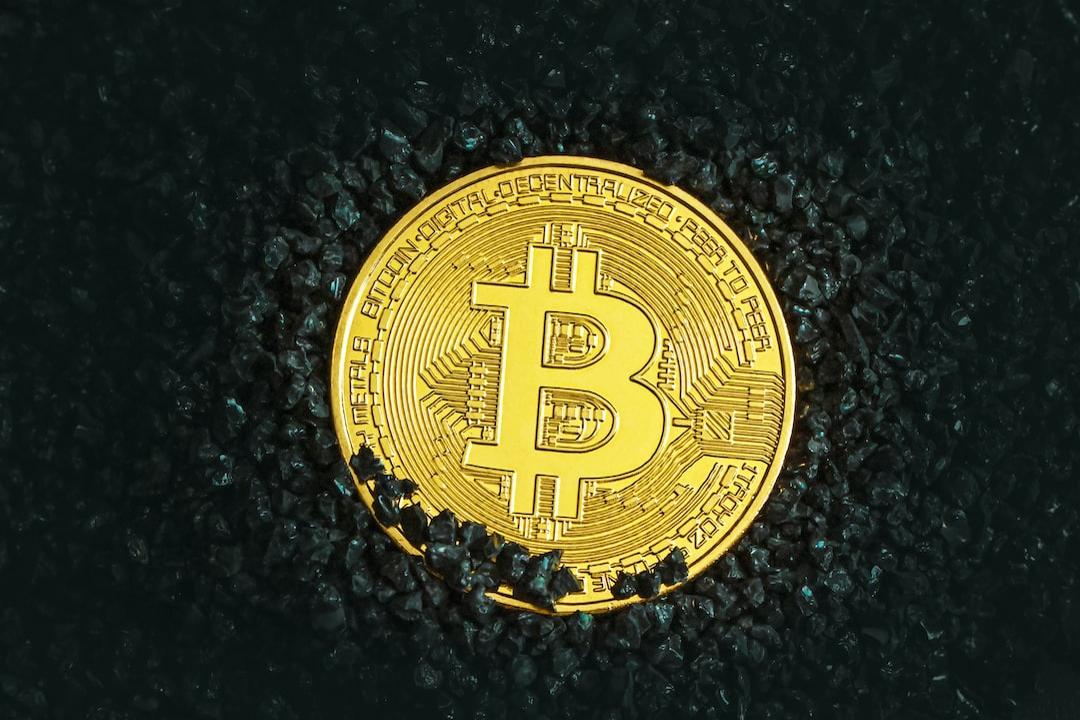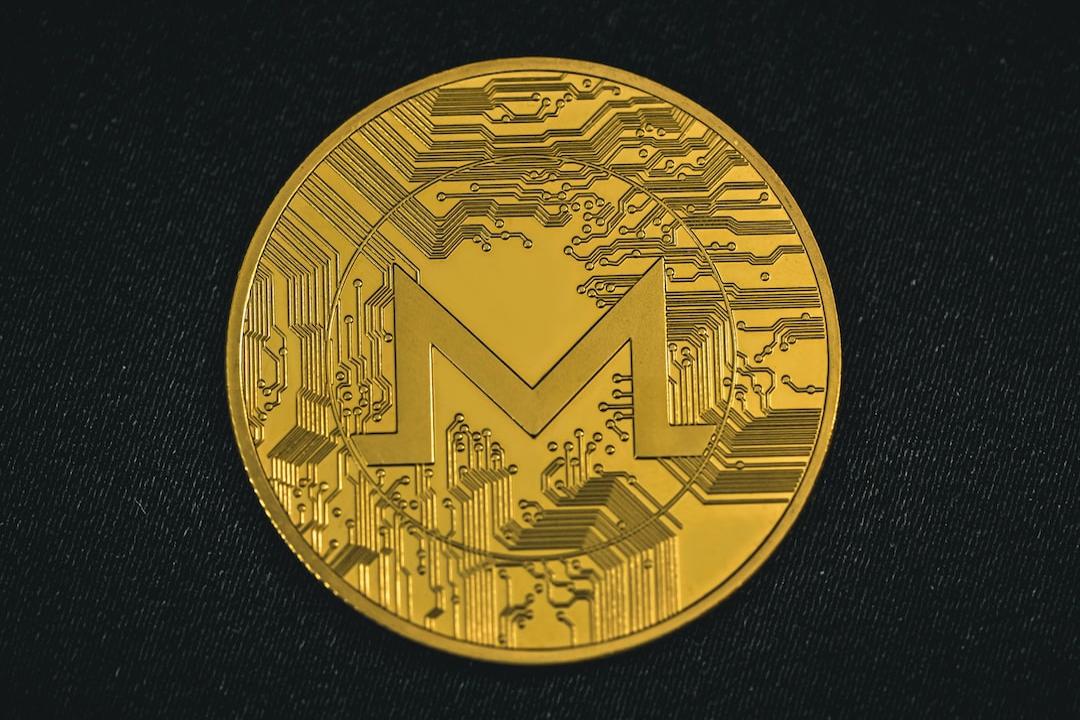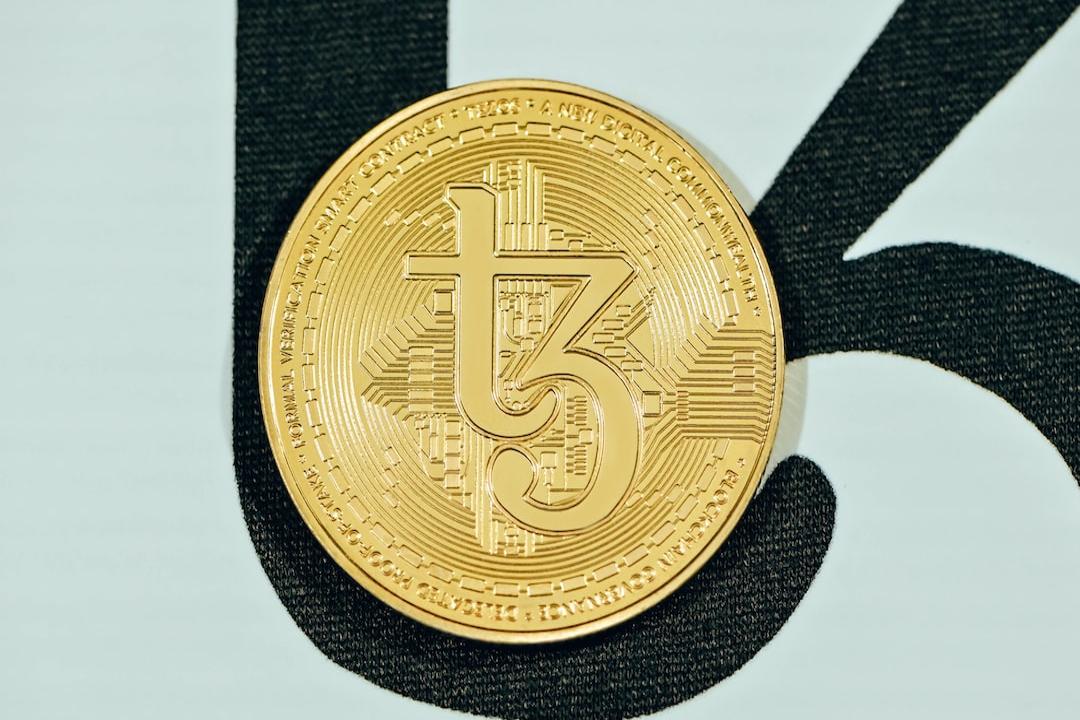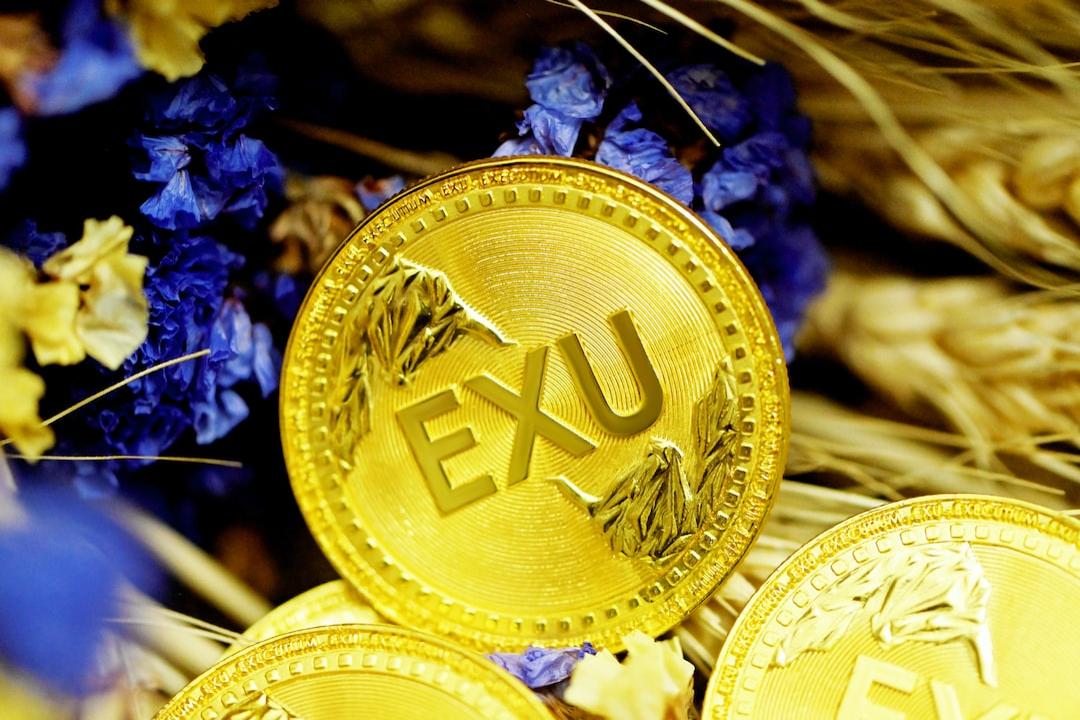Ethereum’s Price Surge in July: What Are the Positive Factors Behind Its Strong Rise?
The price of Ethereum soared nearly 50% in July. What are the favorable factors behind this strong rise? This article originates from Grayscale and has been organized, translated, and written by the Blockchain Simplified.
(Previously: Ethereum whale fears selling too soon? “Holding 1 million ETH OG” sells off and buys back ETH after a year, currently holding 59,718 ETH)
(Background: The Ethereum Foundation has released a ten-year blueprint: unlocking 1 million TPS for ETH, building a quantum security defense line, and implementing three protocol upgrades.)
July 2025: Ethereum Network’s ETH Price Surge
In July 2025, the ETH price on the Ethereum network surged nearly 50%. Investors are focusing on stablecoins, asset tokenization, and institutional adoption—areas where Ethereum, as the oldest smart contract platform, distinguishes itself from other competitors.
The passage of the GENIUS Act marks a milestone for stablecoins and the entire cryptocurrency asset class. Although market-structure-related legislation may take time to pass in Congress, U.S. regulators can continue to support the development of the digital asset industry through other policy adjustments, such as approving staking features in cryptocurrency investment products.
In the short term, valuations of crypto assets may undergo consolidation, but we remain very optimistic about the prospects for this asset class in the coming months. Crypto assets provide investors with opportunities to engage with blockchain innovations while potentially offering some immunity against risks associated with traditional assets, such as the ongoing weakness of the dollar. Therefore, Bitcoin, ETH, and many other digital assets are expected to continue attracting investors.
On July 18, President Trump signed the GENIUS Act, providing a comprehensive regulatory framework for stablecoins in the United States. This marks the “end of the beginning” for the cryptocurrency asset class: public blockchain technology is moving from the experimental phase to the core of a regulated financial system. The debate over whether blockchain technology can deliver real benefits to mainstream users has ended; regulators are now focused on ensuring the industry grows while incorporating appropriate consumer protections and financial stability mechanisms.
In July, the crypto market celebrated the passage of the GENIUS Act, supported by favorable macro market conditions. Stock market indices rose across most regions globally, with returns in the fixed-income market led by high-risk sectors, such as U.S. high-yield corporate bonds and emerging market bonds (see Chart 1). As market volatility decreased, related investment strategies performed quite well.
The FTSE/Grayscale Crypto Asset Market Index (a market-cap-weighted investable digital asset index) rose 15%, while Bitcoin’s price grew by 8%. Ethereum’s ETH became the star of the month, skyrocketing by 49%, with a cumulative increase of over 150% since the low point in early April.

Referred to as “The Return of the King”
Ethereum is the largest smart contract platform by market capitalization and serves as the infrastructure for blockchain finance. However, until recently, ETH’s price performance lagged significantly behind Bitcoin and even other smart contract platforms like Solana. This led some to question Ethereum’s development strategy and its competitive position in the industry (see Chart 2).

The renewed enthusiasm for Ethereum and ETH may reflect the market’s focus on stablecoins, asset tokenization, and institutional blockchain adoption—areas where Ethereum excels (see Chart 3). For instance, including its Layer 2 networks, the Ethereum ecosystem hosts over 50% of the stablecoin balance and processes about 45% of the stablecoin transactions (by dollar value).
Ethereum also accounts for approximately 65% of the value locked in decentralized finance (DeFi) protocols and nearly 80% of tokenized U.S. Treasury products. For many institutions building crypto projects, including Coinbase, Kraken, Robinhood, and Sony, Ethereum has been the preferred network.

Increased Adoption of Stablecoins and Tokenized Assets
The increase in stablecoin and tokenized asset adoption will benefit Ethereum and other smart contract platforms. Grayscale Research believes that stablecoins have the potential to disrupt certain areas of the global payments industry through lower costs, faster settlement times, and greater transparency (more background information can be found in “Stablecoins and Future Payments”).
There are two types of revenue related to stablecoins: one is the net interest margin (NIM) earned by stablecoin issuers (such as Tether and Circle), and the other is the transaction fees earned by the blockchain processing the transactions. Given that Ethereum has established a leading position in the stablecoin sector, its ecosystem seems poised to benefit from increased transaction fees as stablecoin adoption grows.
Tokenization (the process of bringing traditional assets onto the blockchain) is similarly promising (more background information can be found in “Public Blockchain and the Tokenization Revolution”). The

